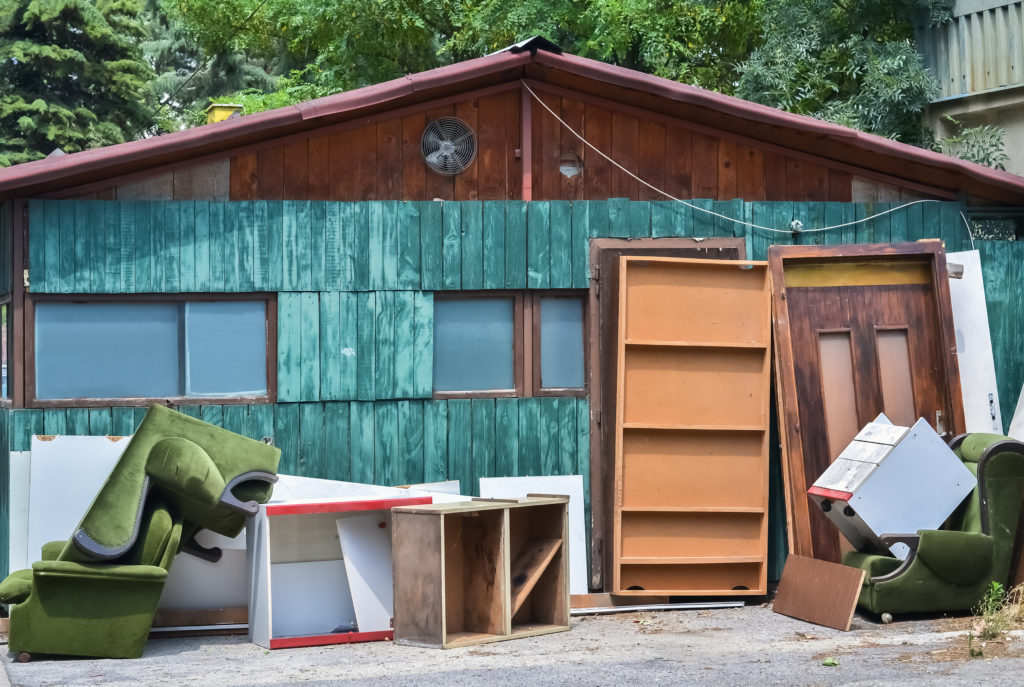Future Forward: Five Best Practices To Set the Foundation For a Low-Waste Renovation
Author:Lindsey ShookTo celebrate Earth Day, we are launching an on-going column with The Good Future Design Alliance (GFDA), an S.F.-based organization that is working tirelessly to reduce the tremendous amount of waste produced by the design and build industries by 50% over the next five years. Founded by designer Katie Storey after witnessing countless cases of wasteful practices across all areas of the industry, she recognized a much greater effort was needed to create real change. Through a localized approach, the Alliance is asking architects, builders and designers to commit to better practices of reducing their landfill-waste outputs. Our first guest column written by GFDA founder and expert Katie Storey, explores five simple ways in which design leaders can renovate in a low-waste manner. According to Storey, “addressing sustainability goals early on in a project is essential to avoiding budget concerns and supply chain delays down the road.”

The design and build industry has a waste problem. Every year, 500 million tons of construction and demo debris ends up in the landfill (think floorboards, baseboards, roofing, insulation, drywall, concrete, rebar), in addition to 12 million tons of furniture also ending up in landfill. We are continuing to consume these products at twice the rate that the planet can sustain. At a time when climate change is raging at a catastrophic scale, when floods, fires and droughts are happening in every corner of the planet, we have no choice but to design, create, make and build in a more sustainable way. Here are five ways we suggest the renovation process can shift in order to help us save the planet.

1. Hire Smart: Before ripping out any walls or sourcing materials, make sure you hire teams that are notably committed to sustainability in order to complete your low-waste renovation. That includes hiring architects, interior designers and general contractors that prioritize minimizing waste throughout the project. You can work with the GFDA to find members who are already committed to low-waste and sustainability practices.
2. Prioritize: Determine priority areas for the project where low-waste materials should be used. These could include natural and nontoxic, low carbon (electrification or offsetting embodied carbon), avoiding plastic (also lower carbon) instead use organic cotton and wool fabrics, bamboo and cork flooring, salvaged and reclaimed wood flooring, low-carbon concrete alternatives. Tip: If feeling overwhelmed, narrow your focus to increased diversion through recycling/redistribution and specifying secondhand or low-waste products.
3. Budget: Discuss how sustainability could impact the budget early on in a project so that you fully understand the impact of every decision. Decide together the project’s tolerance for price increases associated with sustainability (perhaps a percentage). There are things that you can do that will have little to no impact on the budget, changes that will impact it slightly, and changes that will dramatically increase the price point including donating your unwanted kitchen cabinets and appliances. If done correctly, this could actually be a cost savings to your project.
4. Timeline: Discuss with the client and teams, the impact sustainability will have on the timeline. Understand that it’s quicker (and more affordable) to incorporate sustainable design decisions early on in the process, and that some sustainable decisions could increase the project’s timeline. Plan accordingly by choosing ground shipping instead of air shipping is the healthier choice and will reduce carbon emissions, but will take longer.
5. Assessment: With your design team, assess what you can keep, restore, or redistribute (i.e. keep out of the landfill). This includes roofing, beams and stairways, cabinetry and flooring, handrails and hardware, fixtures and furniture. Look to salvage warehouses and local donation centers before hiring a dumpster.
For more information on the GFDA and its members visit www.thegfda.com.








